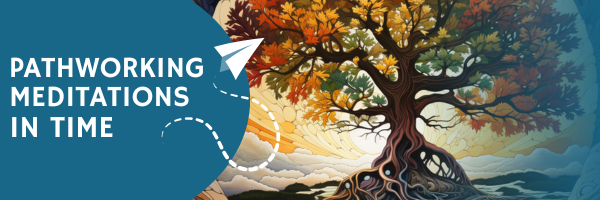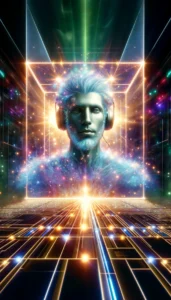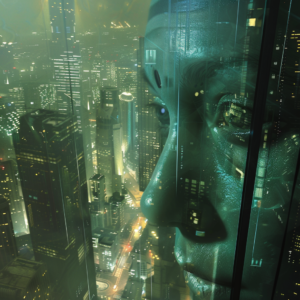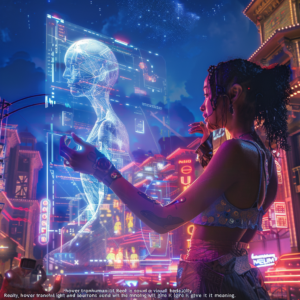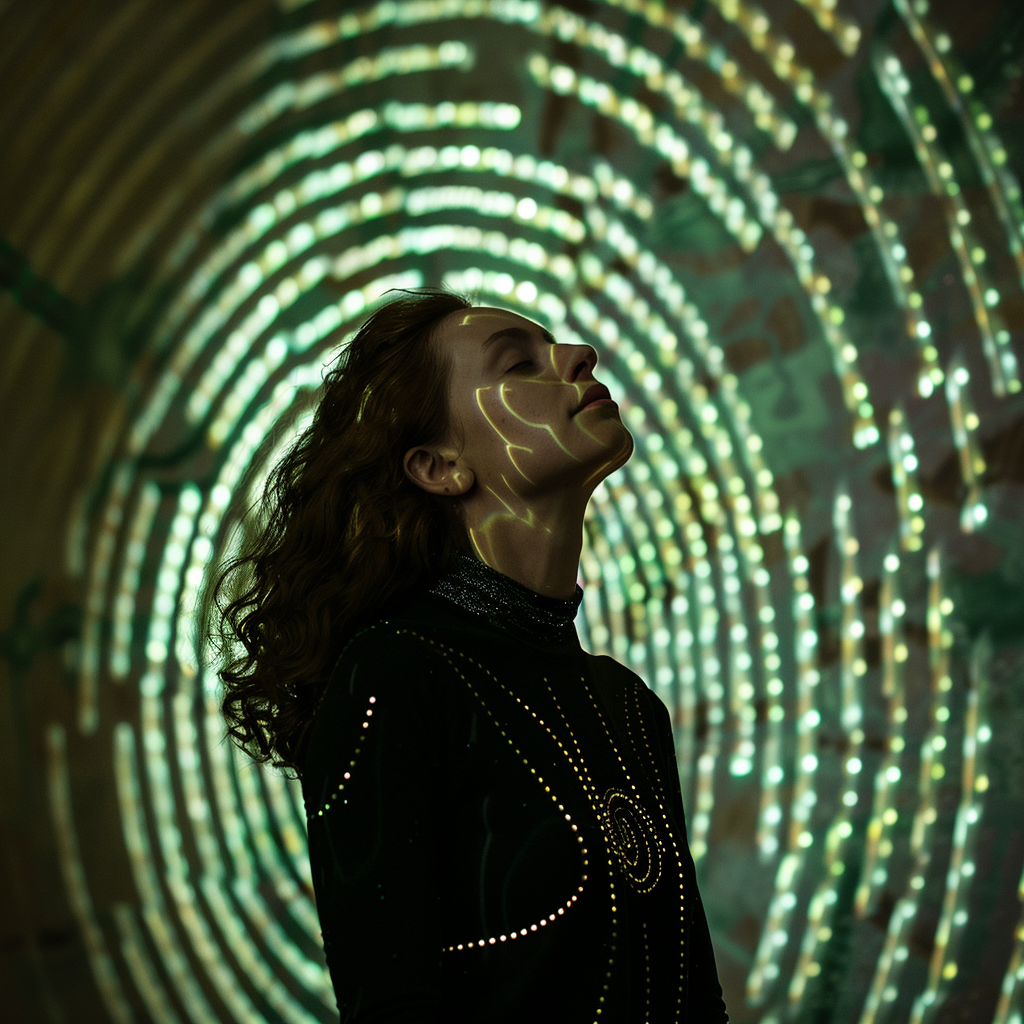
The anechoic chamber, a sacred space within St. Theodora’s temple, was designed to absorb all sound and echo, creating a unique environment for contemplation and connection. The soft hum of powered machines, their iridescent lights flickering in rhythmic harmony with the ancient prayer chants that filled the air, was amplified here. A myriad of symbols – part alchemical, part cybernetic – were etched onto every surface, a testament to the delicate balance the Priestess sought to maintain.
Mirabel, the Alchemical Priestess, stood in silhouette against the glowing backdrop. Her body, a living testament to her work, was an amalgamation of glistening biomechanical enhancements. Interwoven with her biological self, these enhancements were not mere prosthetics but a symbiotic fusion of technology and spirituality. Veins of glowing nanobots snaked beneath her skin, converging at her heart, where a transmutation circle pulsated.
Mirabel’s world revolved around the sacred and the scientific. To her, the mechanized rhythm of the augmented reality synchronizer, a device that allowed her to perceive and interact with the world in a heightened state of awareness, was as divine as the sound of the temple bell. As she meditated, her consciousness expanded, flowing into the cybernetic network that connected her to the universe’s mysteries.
Enter Tiberius, a young seeker disillusioned with the world, drawn to Mirabel’s unique blend of ancient spirituality and futuristic transhumanism. Seeing a raw, untamed curiosity in him, Mirabel took Tiberius under her wing, teaching him to find divinity in code and enlightenment in the alchemical reactions that unfolded within their crucibles.
With time, Mirabel faced a challenge like no other: an elite group of conservative Mystics, ‘The Purists,’ who saw her teachings as an abomination. These Purists, deeply rooted in traditional spirituality, viewed Mirabel’s fusion of technology and spirituality as a betrayal of their beliefs. Her temple faced sanctions, her students deserted, and Tiberius wavered on his path.
In her darkest hour, Mirabel began her ultimate work—the Magnum Opus—transmuting her very spirit into pure energy. She believed this process would prove that technology and spirituality weren’t just compatible; they were interconnected. As she underwent the painful process, Tiberius watched, torn between fear and fascination.
Throughout the narrative, Tiberius’s internal conflict takes center stage. His struggle between his deeply ingrained beliefs and the new world Mirabel has unveiled for him is palpable. The dialogues oscillate between cryptic spiritual discourse and lines of elegant code, each laden with metaphors and subtle hints of their intertwined destinies, further accentuating Tiberius’s emotional journey.
As Mirabel’s physical form flickered between human and pure energy, Tiberius was confronted with his deepest fears. In her struggle, he discovered his true purpose. In a moment of profound courage, he chose to stand by Mirabel, rallying those who had abandoned her and challenging the doctrine of the Purists. His decision was not just a turning point in the story but a testament to the power of belief and conviction.
The story ended on a note of poignant ambiguity. Having become an ethereal entity of interconnected energy and wisdom, Mirabel was now a deity in the global cybernetic network, guiding those who sought enlightenment. Tiberius took up her mantle in the physical world, leading a new era of seekers who saw no division between the spiritual and the technological.
In the end, Mirabel’s transformation proved that divinity could be discovered in the esoteric scrolls of old and the veins of silicon that pulsed with the universe’s wisdom.
